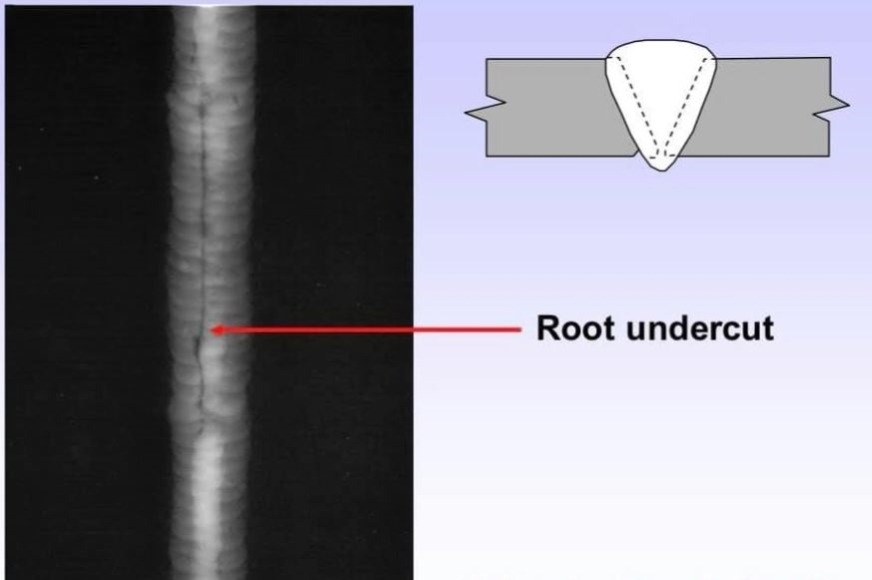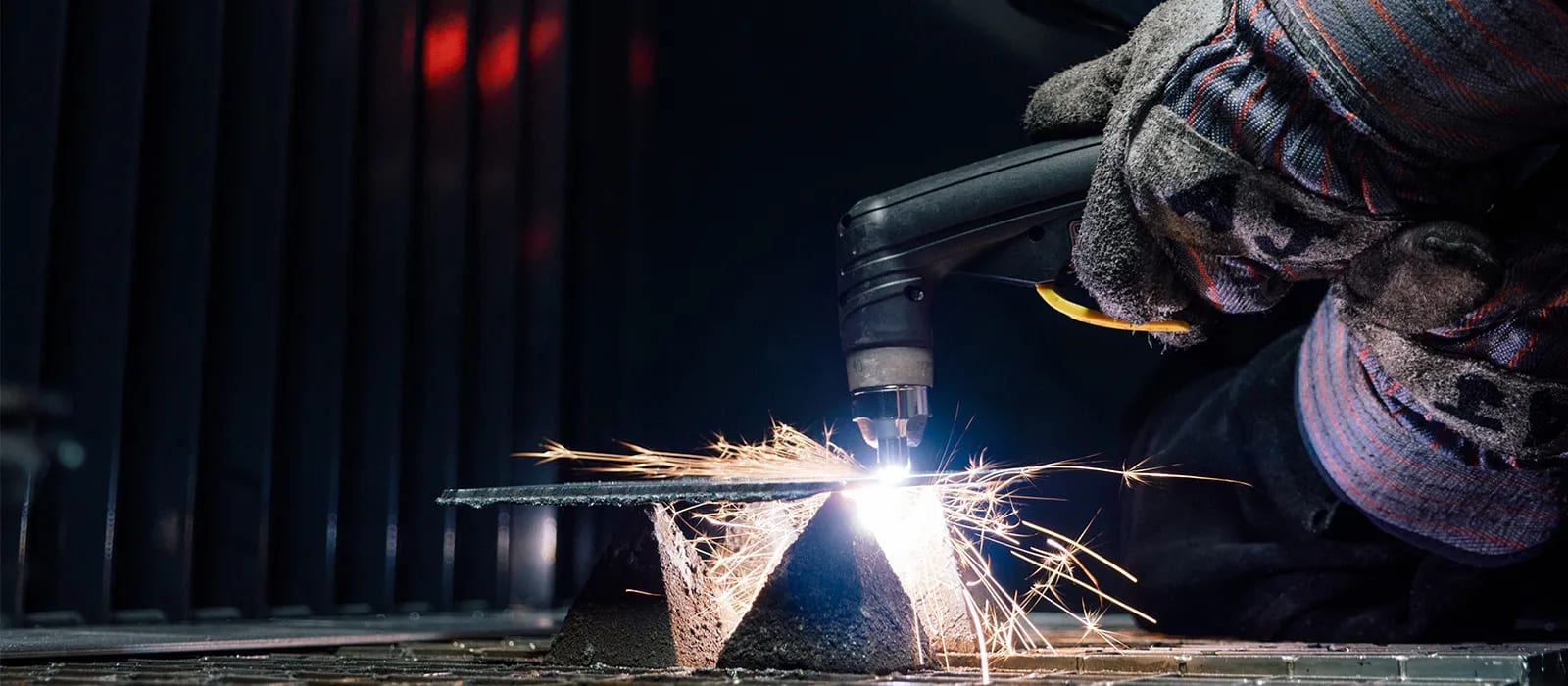Grasping the Art of Welding: Just How to Stay Clear Of Undercut Welding Issues for Flawless Manufacture Outcomes
Efficiency and precision are paramount on the planet of welding, where also the smallest blemish can compromise the architectural integrity of a produced item. One common difficulty that welders face is damaging, a defect that can lead and weaken a weld joint to costly rework. By comprehending the source of undercut welding and executing reliable strategies to avoid it, welders can raise their craft to brand-new degrees of quality (Preventing weld undercut). In the pursuit of flawless construction results, grasping the art of welding to stay clear of undercut concerns is not simply a skill but a requirement for those pursuing excellence in their job.
Recognizing Undercut Welding

To stop undercut welding, welders must make sure correct welding criteria, such as readjusting the existing, voltage, traveling rate, and preserving the right electrode angle. By comprehending the reasons of undercut welding and carrying out precautionary procedures, welders can accomplish top notch, structurally audio welds.
Reasons For Undercut in Welding
Comprehending the elements that contribute to damage in welding is crucial for welders to generate high-grade, structurally audio welds. Undercutting takes place when the weld metal does not effectively fill the groove formed between the base steel and the formerly transferred weld metal. Several variables can bring about damage in welding. One common reason is extreme warm input. Welding at heats for extensive durations can result in the base steel thawing greater than wanted, causing undercut. Poor welding present or incorrect welding speed can likewise add to damage. Inadequate current might not supply enough warmth to melt the base and filler steels effectively, while extreme rate can avoid proper combination, causing undercut. In addition, improper electrode angles or wrong torch adjustment techniques can produce areas of low weld steel deposition, promoting undercut. Recognizing look at here these causes and carrying out proper welding methods can help stop damaging problems, making certain strong and sturdy welds.
Techniques to Stop Undercutting

To reduce the danger of undercutting in welding, welders can employ strategic welding strategies intended at improving the high quality and integrity of the weld joints. Additionally, using the correct welding strategy for the details joint arrangement, such as weave or stringer grains, can contribute to decreasing undercutting.
Furthermore, correct joint prep work, including guaranteeing tidy base products without pollutants and using the ideal welding consumables, is critical in protecting against undercut flaws. Employing back-step welding strategies and regulating the weld bead account can likewise help disperse warm equally and lessen the danger of undercut. Normal assessment of the weld joint during and after welding, along with carrying out top quality assurance measures, can help in resolving and discovering undercutting problems promptly. By carrying out these techniques carefully, welders can achieve perfect fabrication results with very little undercut issues.
Relevance of Proper Welding Specifications
Choosing and keeping appropriate welding parameters is necessary for attaining effective welds with minimal problems. Welding specifications describe variables such as voltage, existing, take a trip rate, electrode angle, and securing gas circulation price that directly impact the welding process. These parameters should be very carefully readjusted based upon the kind of product being bonded, its density, and the welding strategy used.
Correct welding criteria make certain the correct amount of heat is applied to thaw the base steels and filler product evenly. If the criteria are established too expensive, it can cause extreme warm input, triggering distortion, burn-through, or spatter. On the other hand, if the parameters are also reduced, incomplete fusion, lack of infiltration, or damaging may occur.
Quality Control in Welding Procedures

Final Thought
Finally, mastering the art of welding calls for dig this a complete over here understanding of undercut welding, its causes, and techniques to avoid it. By guaranteeing proper welding criteria and executing quality assurance methods, flawless construction results can be attained. It is vital for welders to consistently strive for excellence in their welding procedures to avoid undercut problems and produce top notch welds.
Undercut welding, a common issue in welding processes, takes place when the weld metal doesn't properly fill up the groove and leaves a groove or clinical depression along the welded joint.To protect against undercut welding, welders ought to make certain proper welding specifications, such as readjusting the present, voltage, traveling rate, and maintaining the right electrode angle. Inadequate welding present or wrong welding rate can also add to damage.To mitigate the danger of damaging in welding, welders can use strategic welding methods intended at boosting the quality and stability of the weld joints.In final thought, understanding the art of welding requires an extensive understanding of undercut welding, its reasons, and strategies to prevent it.